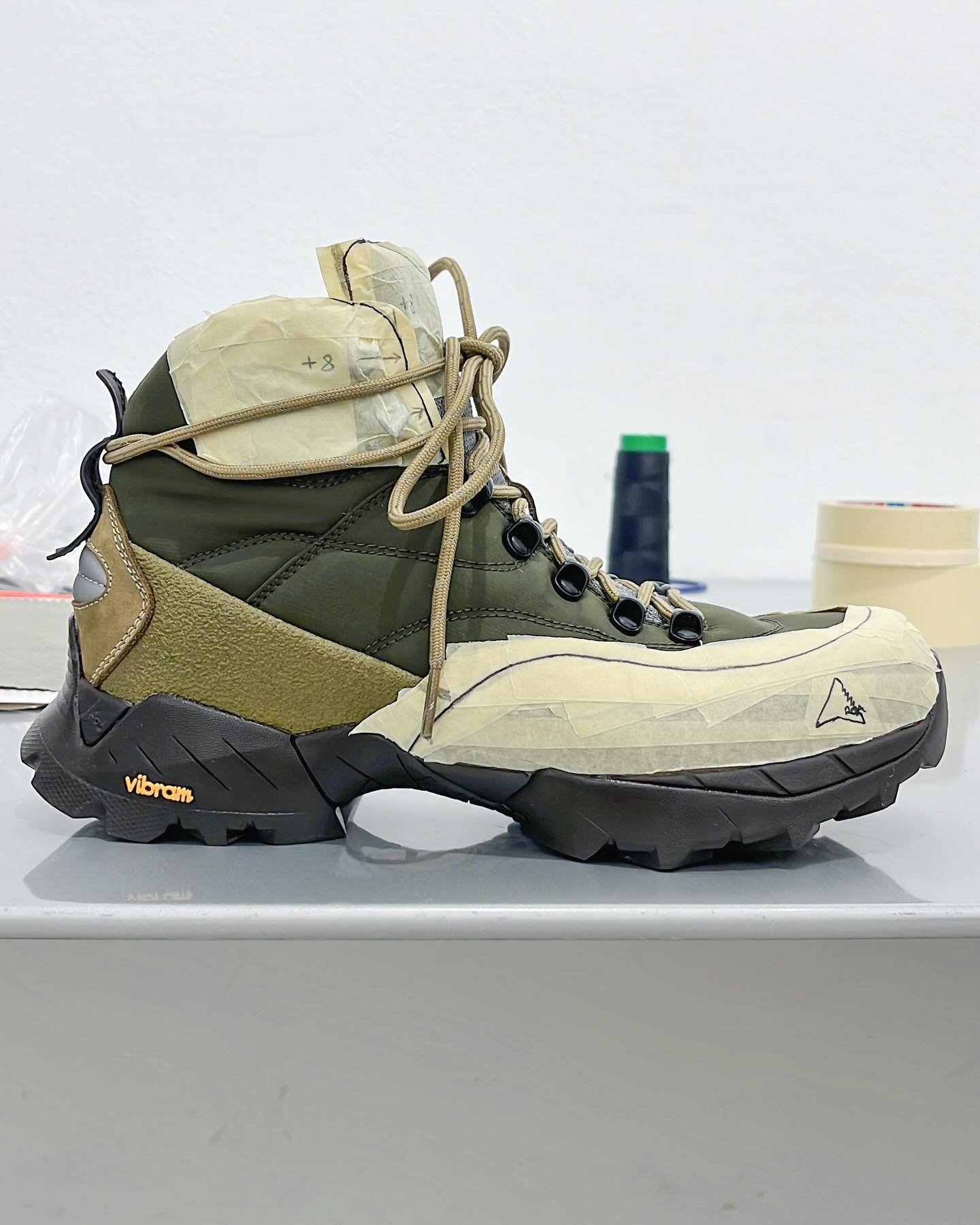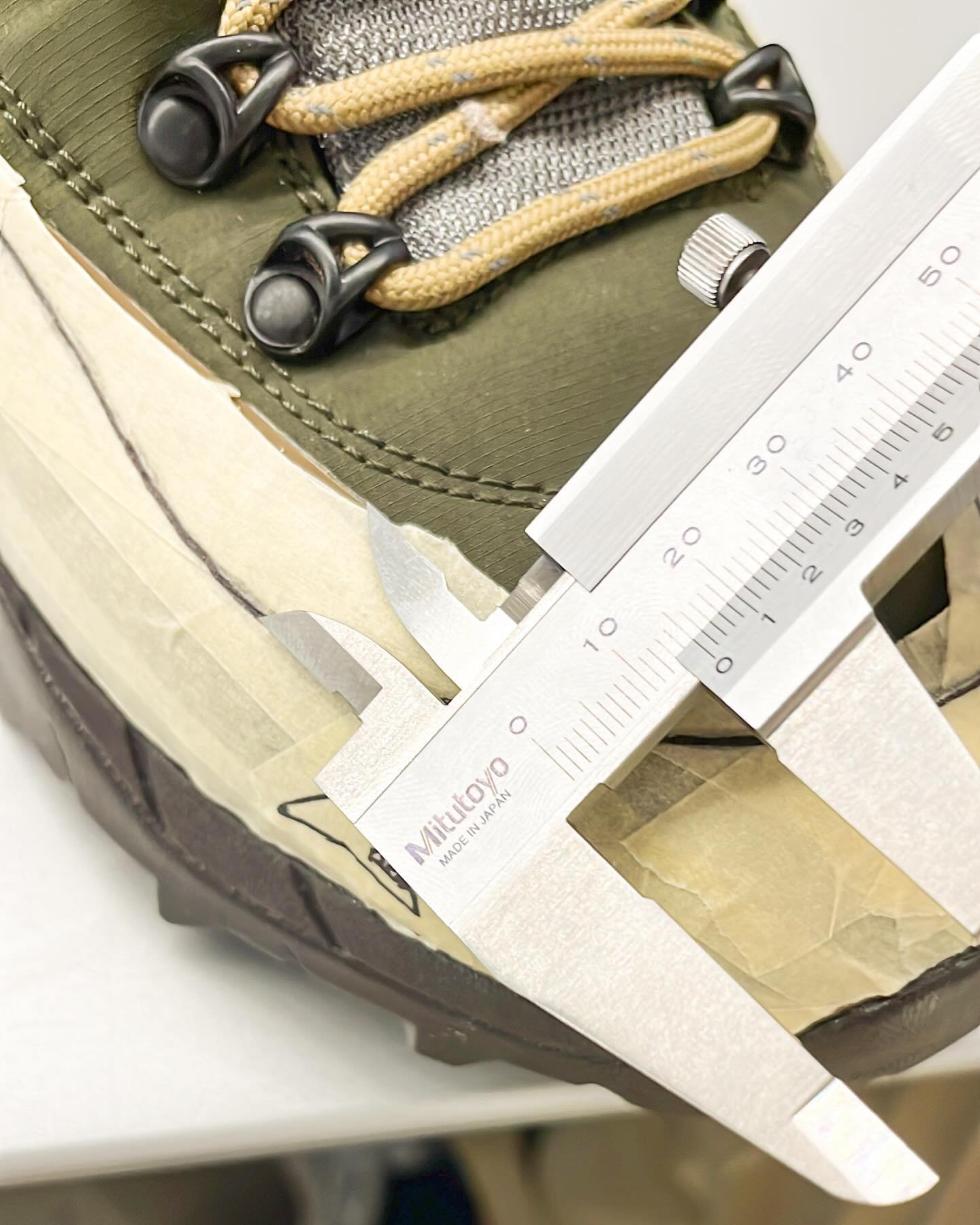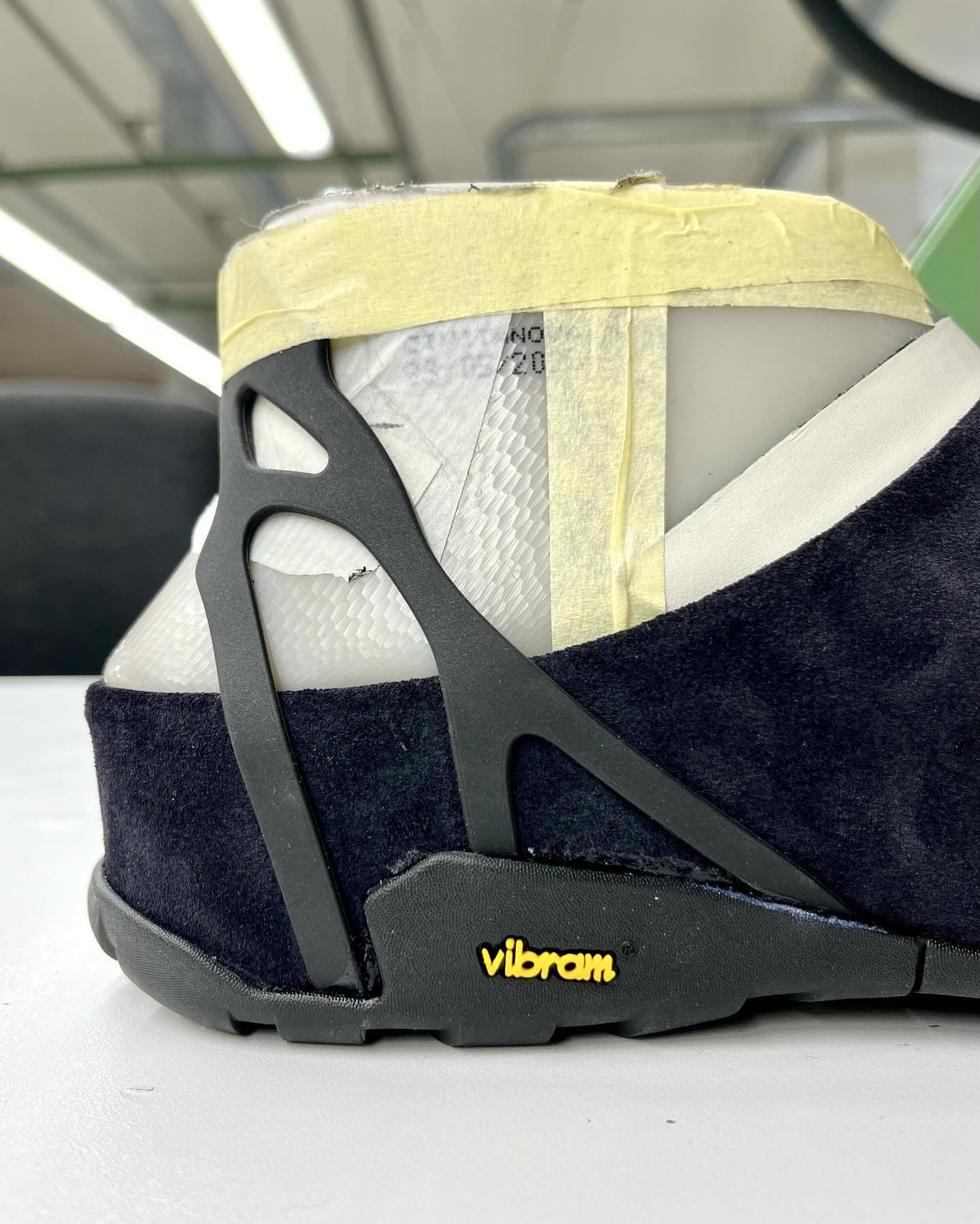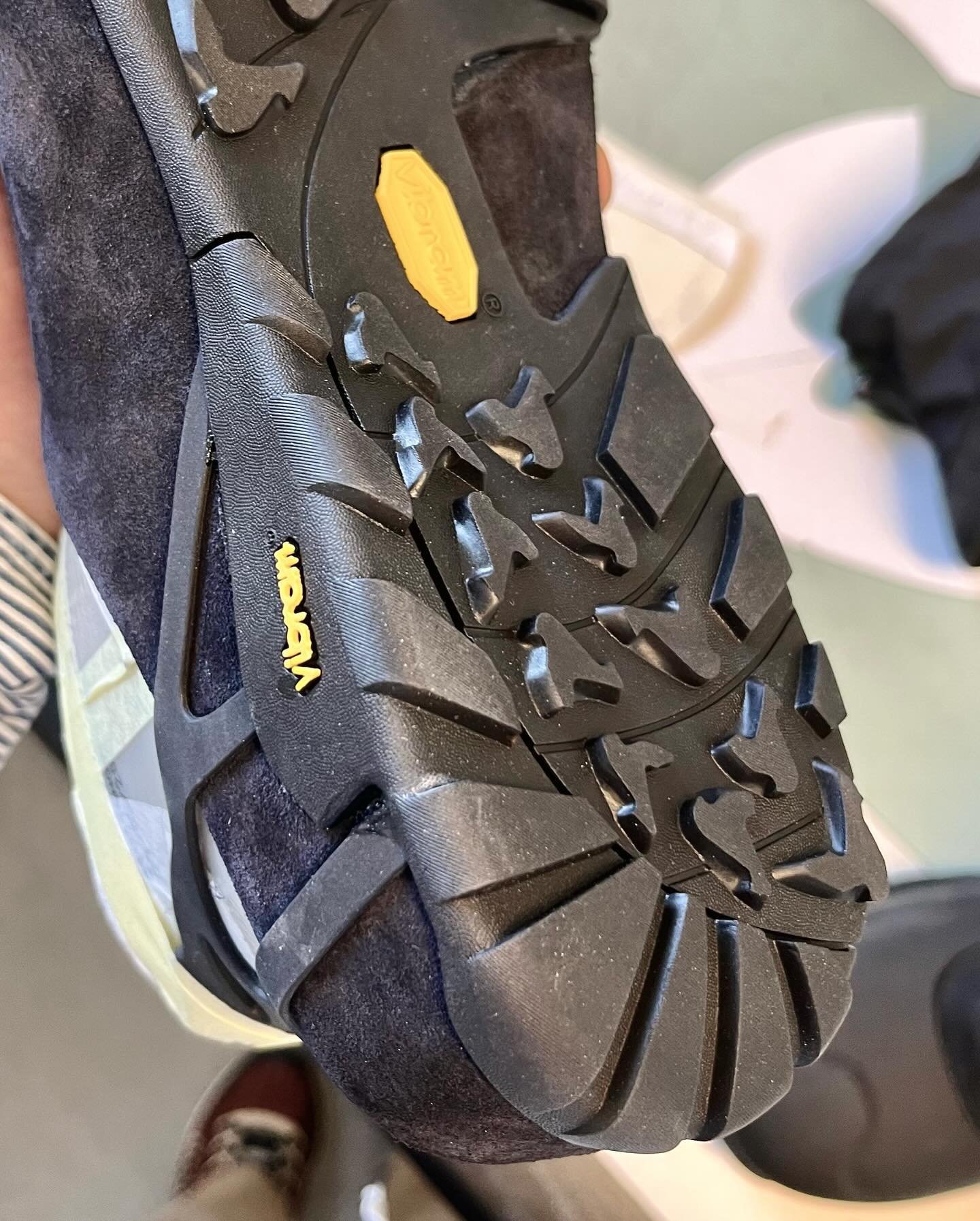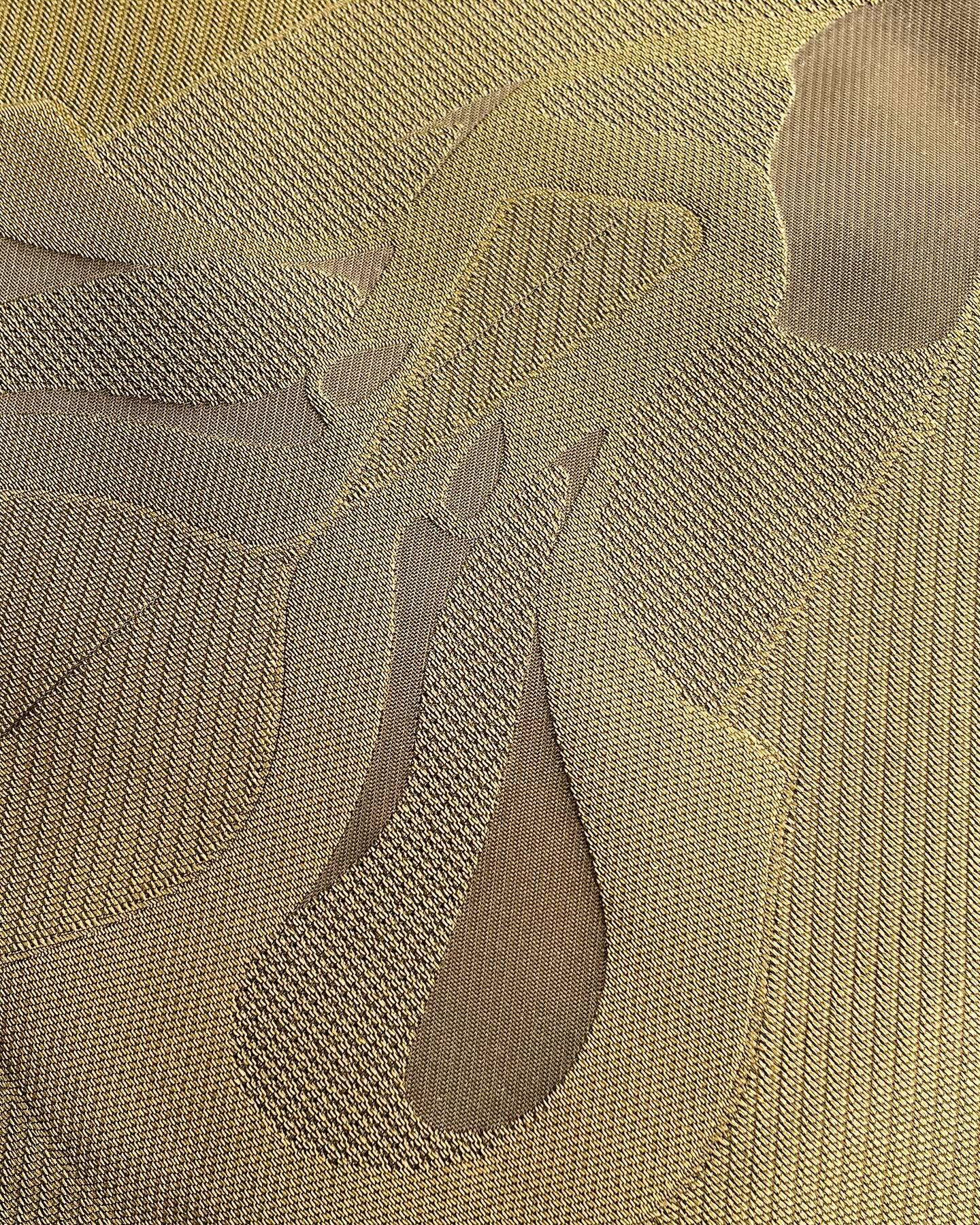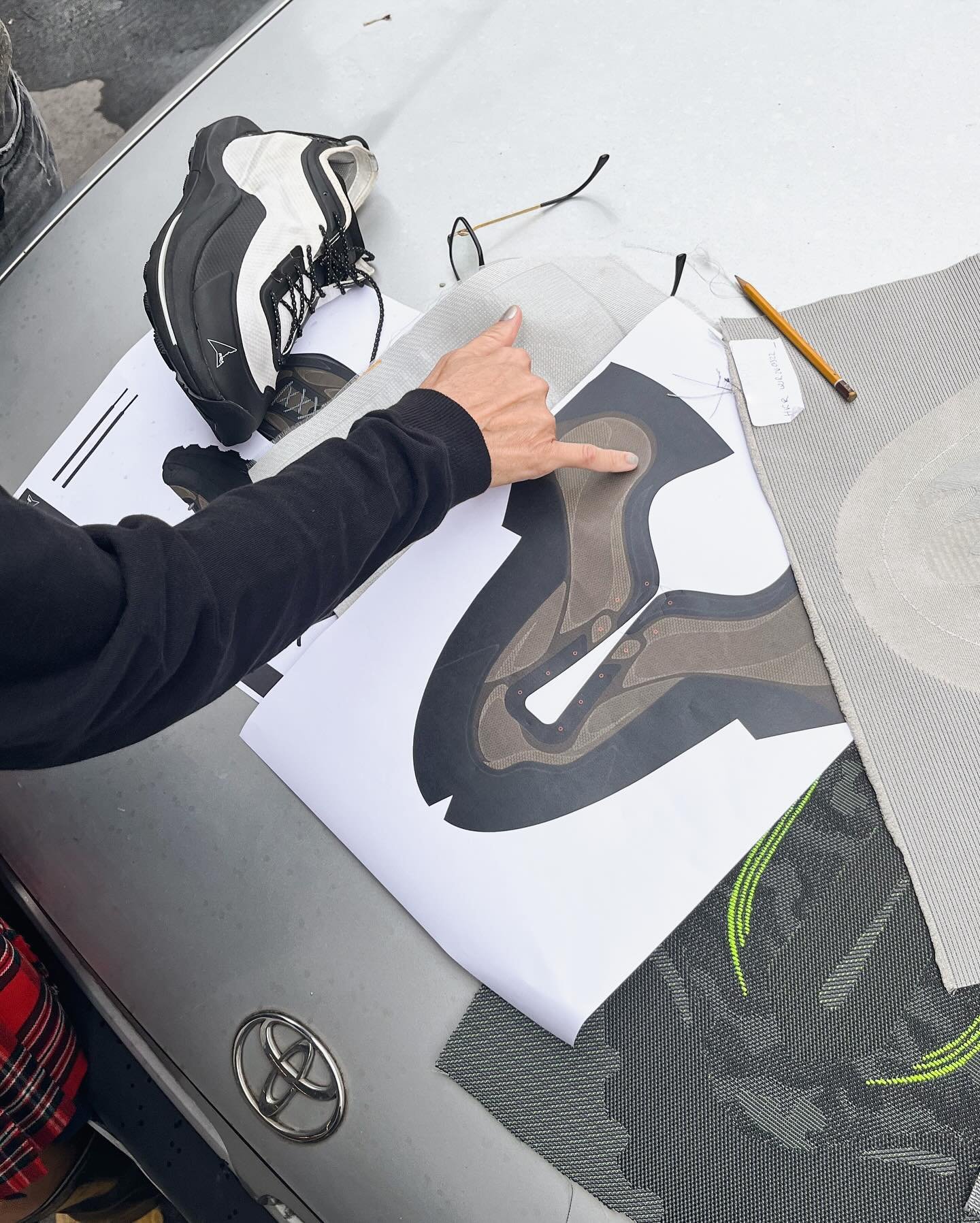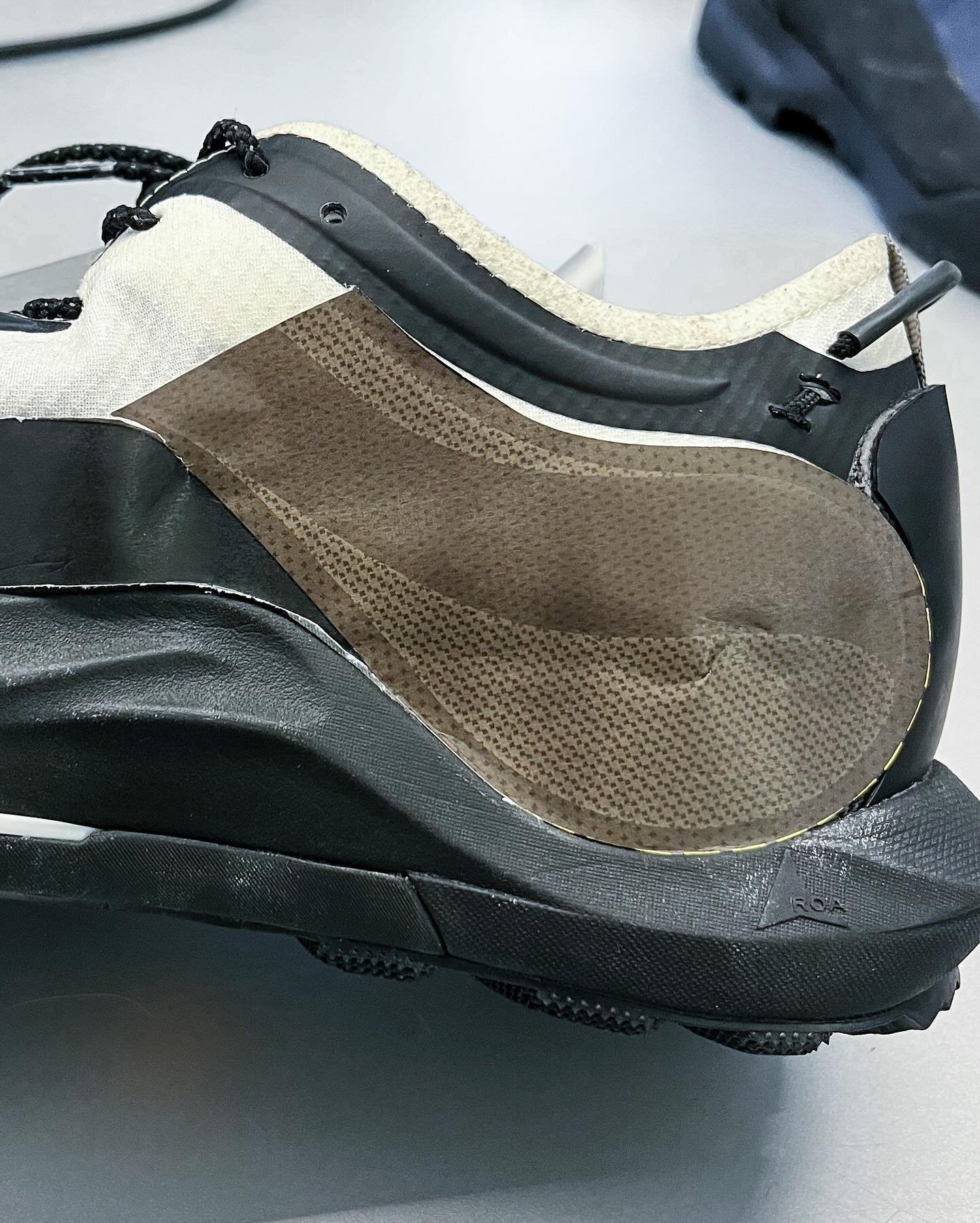Between The Lines 019: ROA
Moving Forward with Patrick Stangbye
Words: Siân Toolan
We sat down with Patrick Stangbye, the visionary, ultra-running enthusiast and Creative Director of ROA.
ROA is borne from the scarp mountain pass of Forcella della Roa in the Dolomites, a charming hiking spot whose mountain peak graces their logo. As a brand, it creates footwear and apparel to conquer every trail, peak and trial of life, whether you’re navigating your way across difficult terrain or commuting to work. Utilising innovations from the world of technical outdoors-wear, and working alongside the same factories that produce countless performance product, the brand re-contextualises hiking apparel into the fashion sphere, all whilst maintaining its functionality. Today, ROA masterfully moves through the cultural and natural landscape under the creative direction of the multidisciplinary strategist, essentialist and ultra-running enthusiast Patrick Stangbye.
Founded in 2015, ROA originally blossomed out of an encounter between Slam Jam’s Luca Benini and technical footwear designer Maurizio Quaglia. Quaglia, a casual hiker, noticed that so many of the offerings for hiking footwear were either over-engineered for alpinism or too heritage-leaning, heavy and aesthetically-focused. He sought to create an in-between; a hybrid. ROA was created to answer a need, with a product-driven focus that toed the line between form and function. As gorpcore extended into the mainstream, ROA quickly solidified a number of high-profile fashion collaborations, from Alyx to Stussy and Brain Dead. However, despite their early successes, ROA was yet to solidify a strong brand identity of their own. That’s where Patrick came in.
Born in Norway, Patrick had “an affinity to the foundation of ROA” through his experiences in both nature and fashion. They say Norwegians are born with skis on their feet; connected to the outdoors from birth, and, as a snowboarder, cyclist, runner and hiker, Patrick doesn’t stray too far from the stereotype. Growing up in the suburbs of Oslo, Patrick quickly connected to the streetwear scene of the city, graduating from retail to buying and attending Paris Show Rooms by the ripe age of 19. He’s speedily moved within fashion circles, he’s worked in advertising, and throughout his vast array of experiences, Patrick has undoubtedly become a taste-maker, with a passion for the process. So, while he might not be a “trained technical designer, textile engineer or developer”, he’s a skilled researcher and communicator with a solid understanding of product and how product is made. His background is, essentially, about “connecting the dots”: connecting his history, his interests across sport, art, fashion, furniture, food and music, and, most importantly, “connecting people and their ideas”. In fact, he humbly credits “relationships and network” for his appointment at ROA, as his youthful “curiosity and eagerness to meet people” allowed him to cross paths with Luca Benini early on in his career.
When Patrick came to ROA in 2021, “there was so much to evolve and create”, there was a “uniqueness” but its "potential was not really fulfilled”. There was an established foundation, based upon two key footwear styles, and the challenge was to distill the essence of this foundation into a design language. Taking cues from their existing Andreas and Neal silhouettes, and the feelings, connections and inspirations of their small creative team, today’s vision of ROA is a modern, hybrid brand. To define what constitutes as modern can be difficult, but for Patrick it is the attitude and thinking of his team. They are “political individuals” who care deeply about our “contemporary reality”. That doesn’t mean the brand has a political agenda at this point, but it means that, unlike the many heritage brands out there, ROA is concerned with what occupies our current culture; "what is happening in the here and now”. This presents itself in their design approach and decisions, considering the contemporary needs of diverse lifestyles and the people that make and consume their products. Brands tend to put consumers in box - it’s a much easier target - but ROA considers the duality of its consumers. Their creative team care about the clothes they wear and the world of fashion, but they too practice sports, they cycle to work, they’re connected to the mountains, they’re more than one thing. “That’s the framework of the brand”.
What is strongly built into their language is that they “are not bound to one activity” or activity in general. You may happen upon them in a sportswear category, sure, but they don’t design for a specific sport. They design to be “functional and active”, in which they borrow from sports innovation and reinterpret styles, but they “explicitly care about the culture”. Given their location, this may be the culture of hiking, the craftsmanship and community of climbers or it may be about how customers around the world wear, interact and care for their products. It’s a marriage of global and local thinking. Both SS24 and FW24 have sought to celebrate the brand’s origins, a reminder of how their native soil and geography informs their thinking, but “the team is quite global” explains Patrick. ROA isn’t pinned down to one place, it has people and collaborators around the world. Whilst much of their production is based in Italy, the creative team understands what can be better achieved in Asia or Eastern Europe and these suppliers and factories are equally valued for their capabilities, in terms of technology and artistry. It is a wider vision, connected to people all over the world, that allows ROA to make their products as good, interesting and long-lasting as possible.
"Nothing feels as off limits; what was once far away isn’t so far.”
For FW22, 7 years into their story, ROA introduced clothing. “It was easy to convey a story and get across the feeling of the brand through a total look for us” explains Patrick. Their products render a complex minimalism, pairing simplistic elements with the unexpected: high-quality materials integrated into a performance shoe or the contorted silhouettes and lines of their knit layers. Their 3D knits are undoubtedly an “identity piece” for the brand. In their development, the team questioned the approach of the classic tight-fitting base layer, “asking the technicians to show all the different ways the machine can knit” and actively distorting them. Patrick recalls a map they made for their design; a map so distorted "that anyone working for climbing brand would not approach in the same way”. The resulting product still maintains a snug fit, still aids with temperature regulation and movement but its packed with character and intrigue. It’s a technical knit that is removed from its context, abstracted, and made functional again. This design approach, coupled with their global infrastructure, is one that is contemporary, dynamic and undeniably “optimistic of technology” and the future.
Their approach to clothing indicates a crucial aspect of their brand values: essentialism. Early on in his fashion career, Patrick recalls being disillusioned with the “sheer frequency of product” and fast pace of consumption in the industry. That’s why each season, ROA offers a small run of product or new and improved versions of their designs. “There’s this idea of wardrobe and what people need, but then also the needs of people across different locations and climates”. That’s how they build each collection, admittedly more like an outdoors brand than a fashion house. When they add something new at this point, they understand what is happening in the market and where things are moving, but they are not trend-driven. Instead, the team looks to categories that they don't have; solutions they haven’t yet offered. For FW24, this ventured indoors, for a casual shoe you could wear inside and outside on your grocery run. The resulting Fedaia, as with most of their offerings, is made to answer to a need; not necessarily a performance need but a daily one.
ROA continues to build on and evolve from its foundations, creating carryover product. They won’t push their new product onto you if you bought last season’s Down Jacket. “Of course that’s difficult to say when you’re a young brand” explains Patrick but they’re “making small iterations”. Iterations that mean the people who bought a product in the first season can still find wear out of it and “it remains aesthetically relevant”. Imbued with the values of alpinism, it is paramount that ROA’s products withstand the test of time, both culturally and physically. As an ultra-runner, connected to the cityscape and forrest, Patrick is both the ideal Creative Director and the perfect product tester. He’s pushed the leather of the traditional Andreas through mountain trails and a hard-summer, he’s trialled commuting everyday. “They’re not industrial shoes, they’re not workwear, they’re made with premium materials and look different to performance shoes”, yet they still perform day in and day out.
Patrick’s relationship to the brand is easily felt. Not just from a performance or product capacity, or from the aesthetic of his instagram, but rather the brand’s philosophy. Patrick has ran all over the world, for incredibly long-distances, and what he’s learnt has become a part of the ROA’s DNA. His understanding of the landscape has drastically changed, because once you start running this way "nothing feels as off limits; what was once far away isn’t so far.” The way you see and manoeuvre through landscapes, and life, is entirely new. What’s key to this process is consistency. “It's not really about talent, neither is it about motivation, it’s about dedication”. It’s work ethic. At ROA, its an appreciation of all that it takes to create a product, that even the boring tasks are part of the process, and the understanding that consistent effort over time is better than overdoing it. It creates a brand and product that endures, and a healthy work-life balance. There’s no point over-engineering designs, creating too much, pushing out a hype product, or having a 14-hour work day. These things aren’t sustainable. Everything they do, the way their team interacts and creates, maintains this.
There’s pleasure and perspective offered by running, with nothing but the clothes on your back (and the shoes on your feet). There’s also a restorative, healing element of being out in nature. Whilst they’re far from a running brand, ROA incites the beauty and experience of outdoor sports. It considers the way we occupy and move through space, the way in which we connect with nature and each other, alongside the way we occupy clothing as a space, or fashion as a space for performance. It is a hybrid brand, filled with multi-faceted people and a diverse consumer base. There isn’t one certain archetype when it comes to ROA’s clientele, and Patrick is eager to expand the dialogue between brand and consumer. ROA seeks to advance with the apparatus and systems around it, with new innovations and customer feedback, all while staying “true to what they believe in”. Whether you think gorpcore has peaked already, Patrick believes that technical garments will continue to evolve and, as he rarely looks to the past, he’s looking towards the future with excitement.




